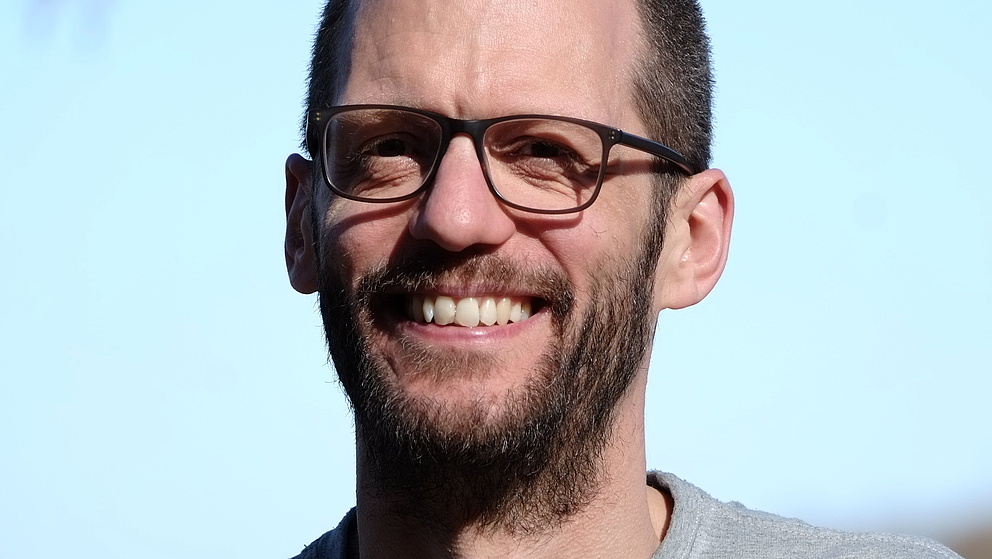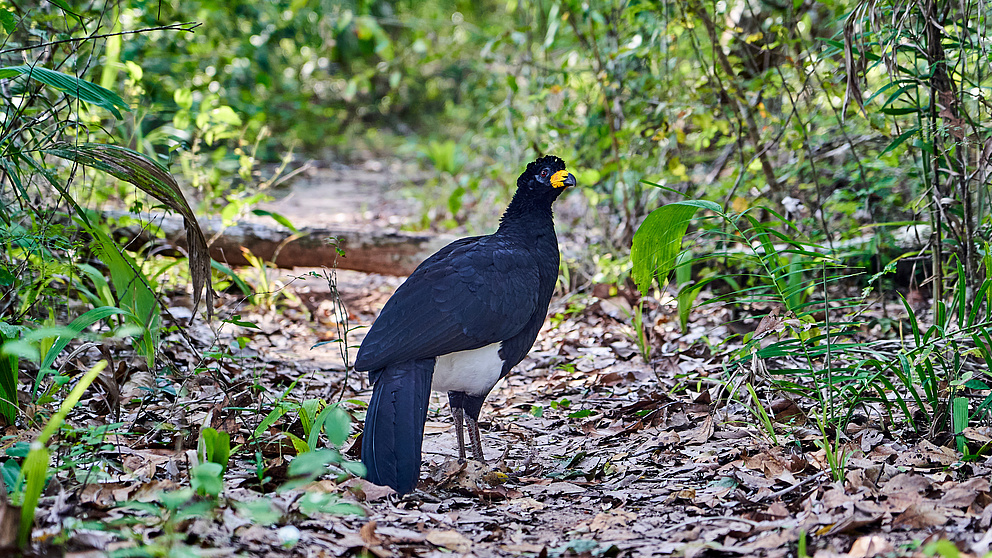

Contact
Press, Communications and Marketing
Tel.: +49 228 833-144
Fax: +49 228 833-441
presse[at]avh.de
Global species’ extinction has huge implications for our ecosystems and thus also for the very basis of human existence. COP 15, the 15th UN Biodiversity Conference, in Montreal, Canada (7.-19.12.2022), wants to tackle the challenges posed by the biodiversity crisis. Researchers and conservationists hope it will generate concrete goals and measures to preserve species diversity.
Top of the list is the ambitious goal of protecting 30 percent of the Earth’s surface by 2030 (30x30).
Biogeography professor and Humboldtian, Tobias Kümmerle, of Humboldt-Universität zu Berlin investigates how sustainable agriculture, particularly in the threatened forests and savannahs of South America, can help to preserve biodiversity. What solutions are needed to combat the biodiversity crisis, and what are his hopes for COP 15?

Tobias Kümmerle is a professor of biogeography in the Geography Department at Humboldt-Universität zu Berlin. He works at the intersection of geography, nature conservation and sustainability science; his research focuses on changes in land use and their impact on biodiversity. Early in his career, Tobias Kümmerle received a Feodor Lynen Research Fellowship and was a postdoc at the University of Wisconsin-Madison. Today, he regularly hosts Humboldt Fellows and is a Scout for the Henriette Herz Scouting Programme.
Humboldt Foundation: Why is biodiversity so important for the health of the planet and its people?
Tobias Kümmerle: Every one of us, and our society as a whole, is completely dependent on healthy ecosystems. They provide us with essential resources. In many ways, they maintain a balance, for example by the vast amounts of carbon stored in forests and wetlands. Species-rich ecosystems are especially valuable because they are much less susceptible to extreme events like droughts. And they have another crucial advantage: when a species, and thus its function, disappears, another one simply takes its place.
How are deforestation and intensive agriculture affecting the loss of biodiversity, particularly in the tropical forests of South America?
In many parts of South America, the expansion of agriculture, especially cattle farming and soybean cultivation, means huge swathes of forest and savannahs are being cleared. The Cerrado in Brazil, above all, but also the Chaco in Argentina, Bolivia and Paraguay are all seriously endangered. So much of the natural vegetation there has already been lost that the regional climate and the water balance in these areas have changed. This, in turn, has a negative impact on agriculture and the people living there. Moreover, we don’t know enough about biodiversity in these areas. A lot is in danger of disappearing before we’ve even discovered it. Above all, in global terms, clearing these ecosystems leads to massive CO2 emissions which continue to drive climate change.

How does your research help to find solutions to the issue of resource-friendly land use? What technologies and scientific approaches do you use to preserve nature?
On the one hand, we try to understand changes in land use by using satellite image time series to map where deforestation is taking place and what happens to these areas afterwards. On the other hand, we study the effects of the changes in land use on biodiversity. Which species are disappearing and where? Which species are particularly affected or perhaps even benefit from changes in the landscape? How important are factors like loss of habitat and poaching? We collect data on the spot with the help of camera traps and bird counts, for example, and then analyse them in biodiversity models. They also tell us which nature conservation measures and planning tools would help to strike a balance between nature conservation and agriculture.
In your opinion, what are the most significant aspects of sustainable land use?
Whether a given type of land use is sustainable or not very much depends on regional conditions. In general, we can and must make improvements in managing nearly all land use systems. This means both revisiting agroecological farming methods and high-tech solutions to make fertiliser and pesticide use more efficient. It is particularly important to encourage structural diversity in agricultural landscapes as it automatically leads to great species’ diversity. But the greatest leverage for more sustainable land use is our eating behaviour. More than three-quarters of farmland worldwide is dedicated to the production of meat and milk products. If we consume fewer of these products, areas will be freed up and agriculture can become less intensive. Species’ diversity would benefit from both these things considerably.
What are your hopes for COP 15? Do you think the conference can bring about change?
We must, at last, ascribe global biodiversity the same status as climate change, and whatever happens, act accordingly. I hope that, after years of negotiations, we will finally agree on concrete, measurable, ambitious goals in order to take a robust stand against the biodiversity crisis – by which I mean the massive erosion of the biosphere and global mass extinction, which is partly caused by us. We need holistic solutions. And how we use the land is absolutely crucial.
